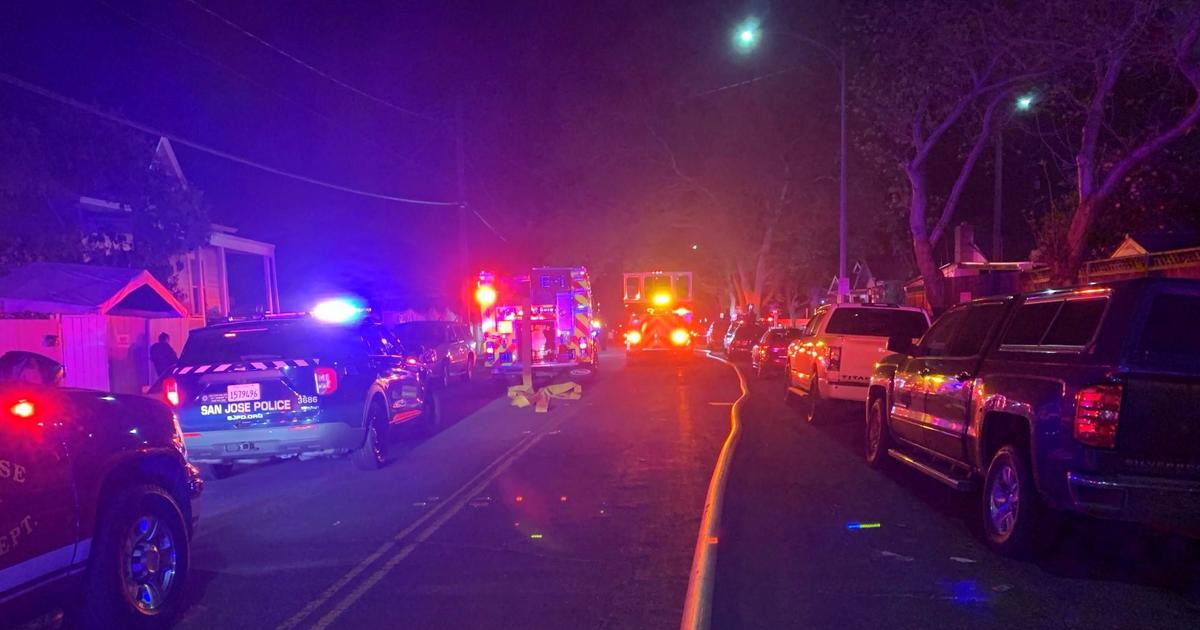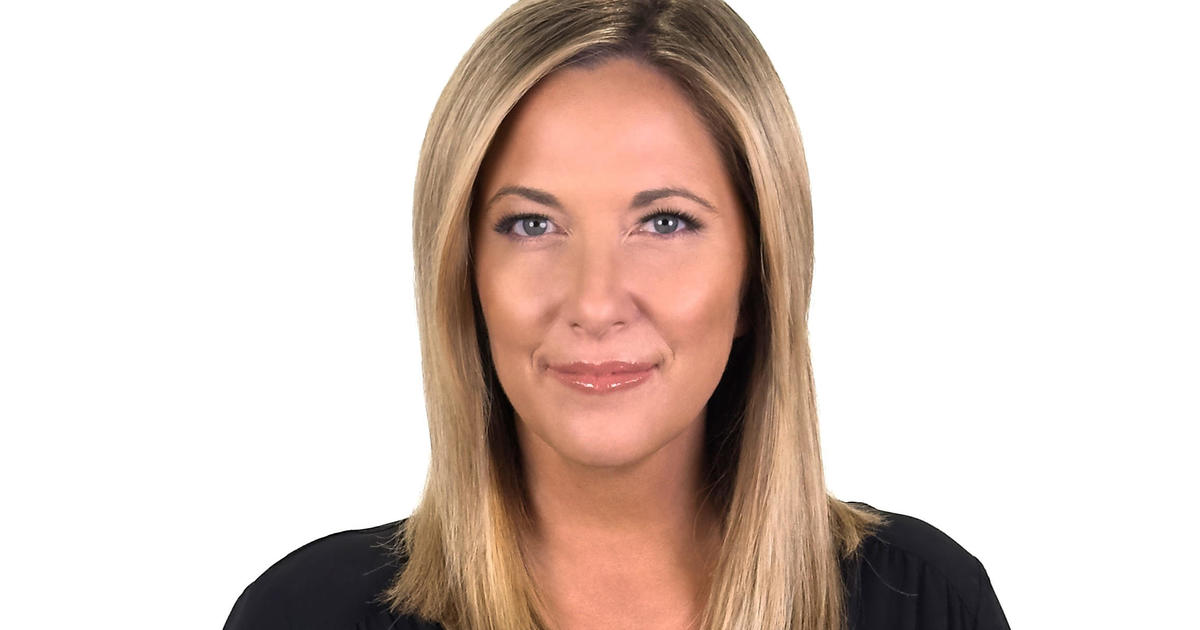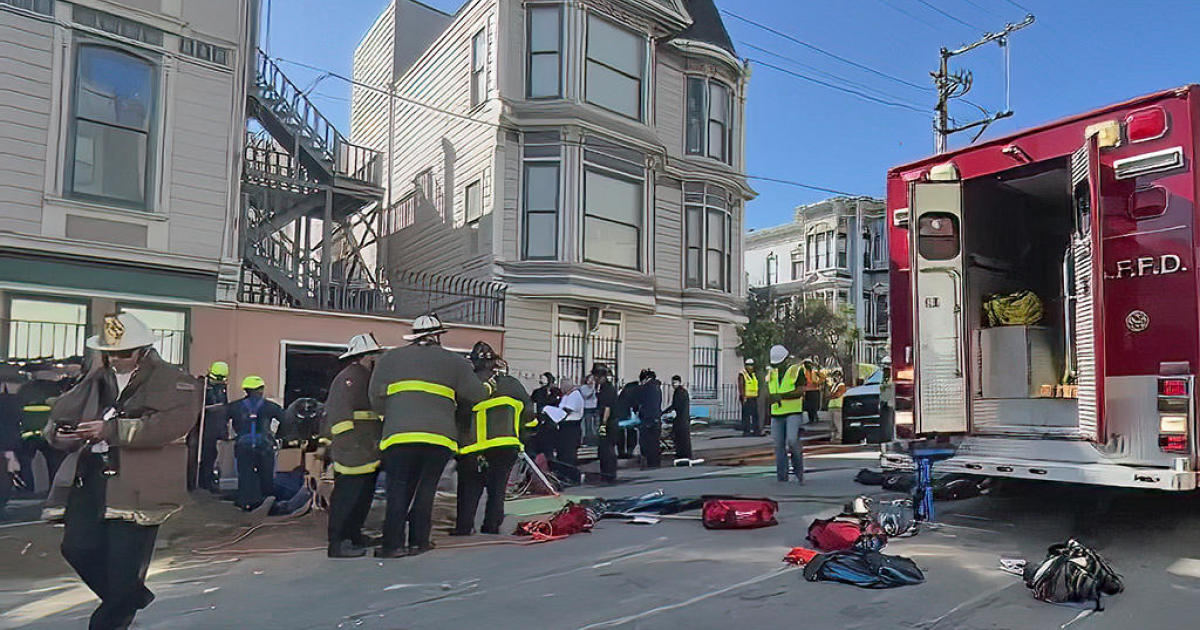COVID Surge: Ghaly Says SoCal, San Joaquin Valley Regions To Remain Under Stay-At-Home Order
SACRAMENTO (CBS SF) -- California Health and Human Services Secretary Dr. Mark Ghaly on Tuesday said that the Southern California and San Joaquin Valley hospital regions would remain under the current stay-at-home order as long as their ICU projections were under 15% capacity.
Ghaly was speaking from Sacramento to provide the update on the stay-at-home order promised by Gov. Gavin Newsom on Monday.
"So today, the order will remain because those projections do not show that the San Joaquin Valley and Southern California have projected four weeks out, ICU capacity over 15%, so they will remain under the order for the time being. We essentially are projecting that the ICU capacity is not improving in Southern California and the San Joaquin Valley and that demand will continue to exceed capacity."
Ghaly outlined how the regional stay-at-home order projections were being arrived at, noting that the projections are being made daily and would be based on four factors:
- Current ICU capacity
- Current 7-day average case rate
- Current transmission rate (also known as "R effective" rate)
- Current rate of ICU admission
As of Tuesday, Ghaly said the San Joaquin Valley hospital region had a case rate of 97.5 and a transmission rate of 1.13, while the Southern California hospital region had a case rate of 130.1 and a transmission rate 1.10.
Ghaly also said both regions were projected to have ICU demands that would exceeds capacity for the next four weeks.
"ICU capacity is not improving in Southern California. Demand will continue to exceed capacity," Ghaly said.
Ghaly noted that the regions will be released from the stay-at-home order a soon as the ICU projection reaches 15% or higher.
"When I say the order remains in Southern California and San Joaquin Valley, it is not to say it is there again for another three weeks. It could be shorter than that depending on how these four factors come together on a day-to-day basis. If the projection is below 15%, the region remains," Ghaly explained.
The Bay Area still had 10.4 percent of its intensive care unit beds available as of Tuesday, according to Ghaly. That number was a slight increase over the availability reported on Monday.
Earlier, Dr. Ghaly highlighted the skyrocketing numbers for COVID hospitalizations over the past two weeks, saying that the state currently is at 20,390 total hospitalizations -- an increase of 36.5% in the the last two weeks.
COVID-19 ICU hospitalizations were also up 35.1% over the last 14-days and currently stand at 4,308 total cases in intensive care.
"We've been focused, as we should be, on the intense, critical situation in our hospitals across the state," said Ghaly. "This is a tremendous amount of work for these hospital systems."
Ghaly noted that the Northern California hospital region still had plenty of space and hospital beds, while the Southern California region was struggling in terms of both space and staffing, which much longer than normal wait times in emergency departments.
Ghaly said that some hospitals could have to move from "contingency care" into "crisis care" as resources become more stretched.
Ghaly said the demand placed on hospitals by the COVID surge is forcing hospitals to move from current contingency care levels to crisis care, where patient overflows would be managed using cots, major downgrades in nursing and doctor ratios and a rationing of supplies and therapies.
"We do have to acknowledge that we need to be prepared for the possibility that some hospitals will need to resort to crisis care. That in which medical professionals have to make hard choices and allocate resources differently than we usually do," said Ghaly.
As demands on hospitals increase, the risk to patients receiving treatment also increases, Ghaly said. Hospitals that move into crisis care mode will be treating patients outside of intensive care units, with nurses taking on more responsibilities as staffing is impacted and supplies being rationed.
Ghaly and Director for the California Department on Aging Kim McCoy Wade emphasized the guidance that the state provided hospitals in the hopes of keeping regions from moving into crisis care mode.
According to that guidance, hospitals are able to avoid shifting into crisis care for as long as possible, with hospitals within specific regions providing support to each other. The prepared plans for crisis care also need to be rooted in equity and transparency with clear information provided to the public.
Ghaly also talked about the state's tier system, noting that 54 out of California's 58 counties were currently in the Purple Tier. However, he also mentioned that Humboldt County had moved from the Purple Tier to the Red Tier.
The doctor also repeated his plea for California residents to wear masks and follow social-distancing protocols.
"Many of you are tired of hearing it and tired of doing them, but we are in this moment where it can really make a difference," said Ghaly. "That each of us has the tools and the power to actually save a life, get the transmission rate down and help somebody."



